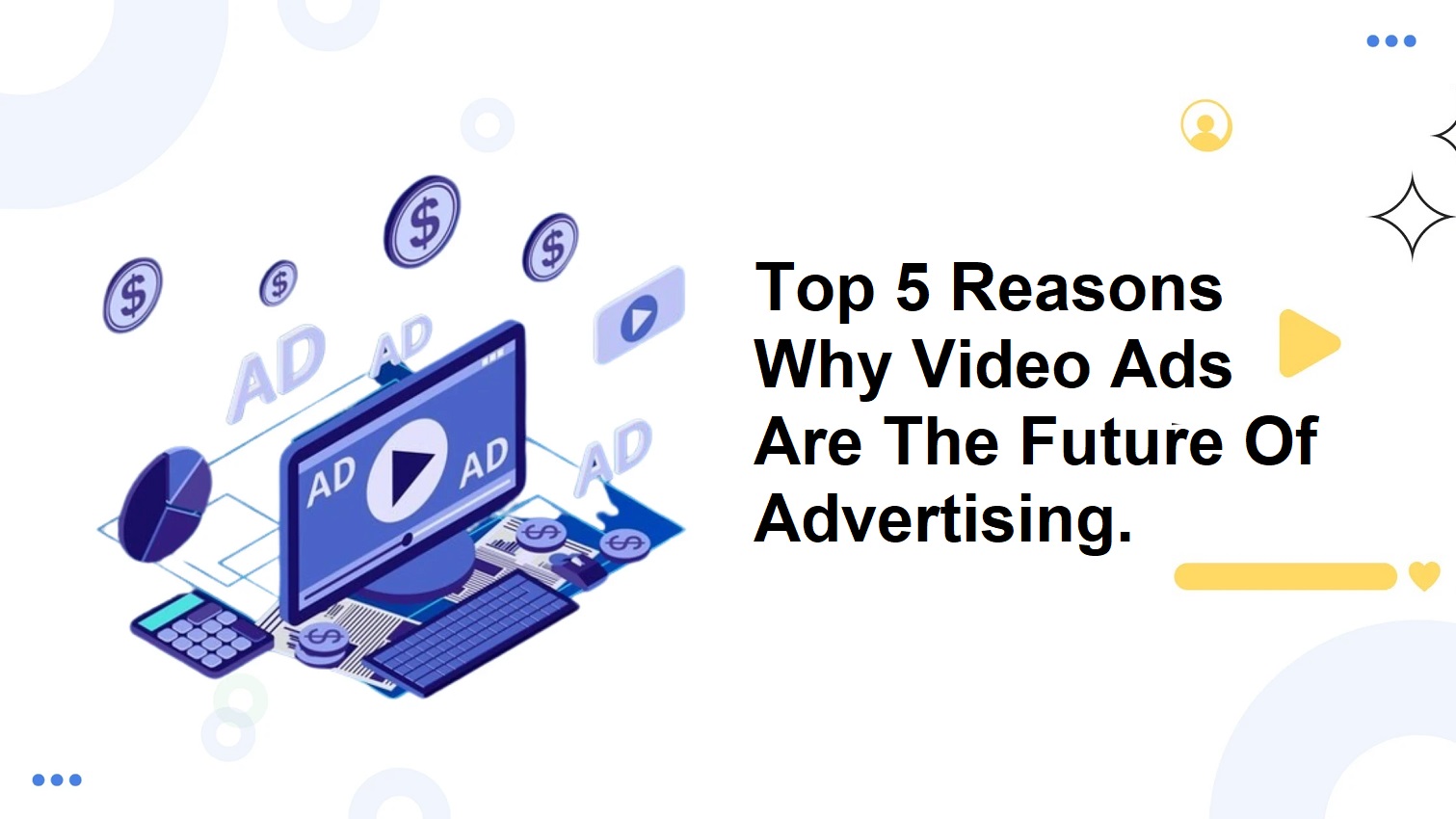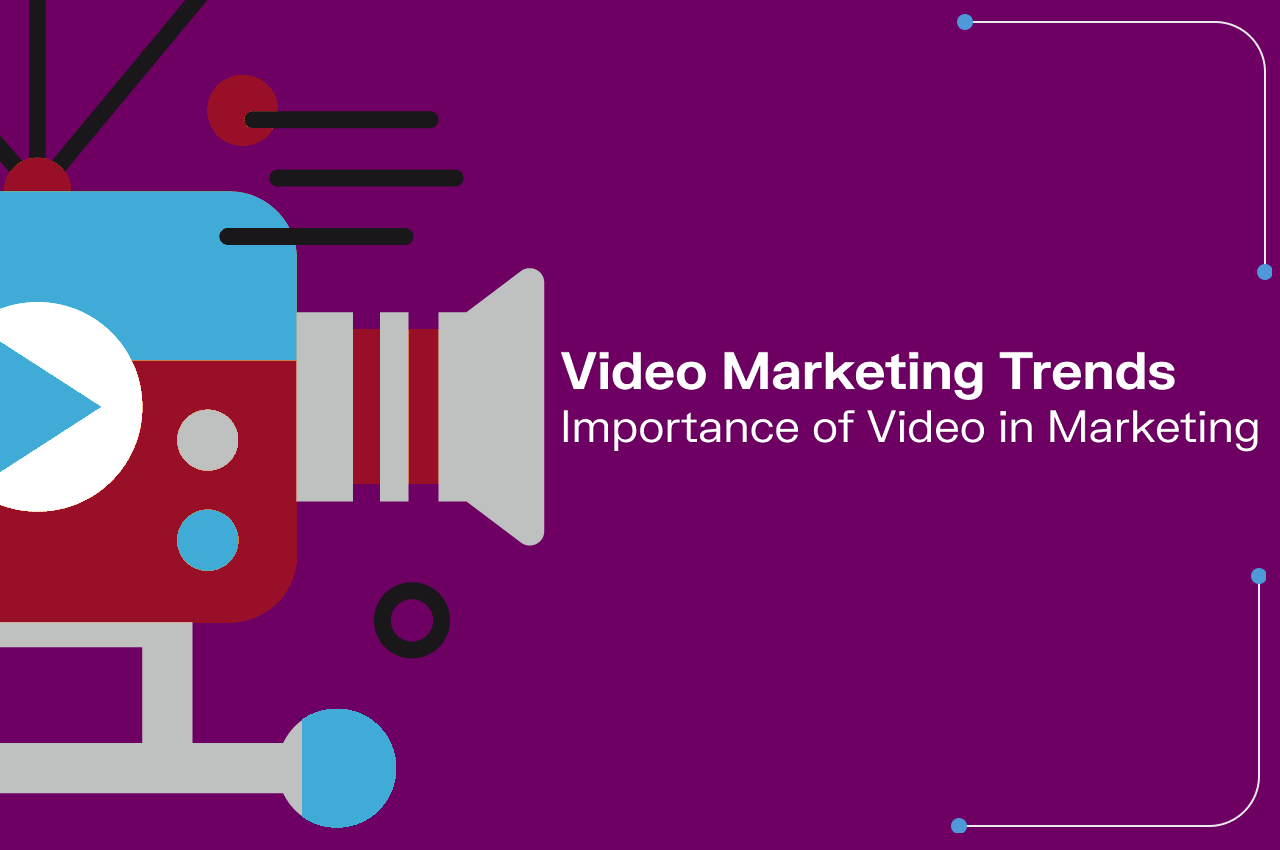Top 5 Trends In Video Marketing For Business.
Video marketing has become an indispensable tool for businesses aiming to connect with their audiences in a dynamic and engaging manner. As technology and consumer behavior evolve, staying abreast of the latest trends is crucial for crafting effective video marketing strategies. This guide delves into the top five trends in video marketing for business, providing insights, strategies, and examples to help businesses leverage the power of video in the digital landscape.
I. Introduction
A. The Evolution of Video Marketing
Definition: Video marketing involves creating and distributing video content to promote products, services, or brands. Over the years, it has transformed from traditional television commercials to diverse online formats, becoming a primary means of communication for businesses.
B. Importance of Video Marketing
- Engagement and Attention: Videos capture and retain audience attention more effectively than text or static images. The combination of visuals, audio, and storytelling enhances engagement.
- Versatility Across Platforms: Video content is versatile and can be shared across various digital platforms, from social media to websites. This adaptability maximizes a brand’s reach.
- SEO Benefits: Search engines prioritize video content, contributing to improved search engine optimization (SEO). Video-rich pages are more likely to rank higher in search results.
- Conversion Impact: Video content influences purchasing decisions. Product videos, testimonials, and explainer videos contribute to a better understanding of products or services.
II. Top 5 Trends in Video Marketing
A. Short-Form Videos Dominance
Overview: Short-form videos, typically under 60 seconds, have gained immense popularity across platforms like TikTok, Instagram Reels, and Snapchat. These bite-sized videos cater to shrinking attention spans and offer a quick and entertaining way to convey messages.
Strategies:
- Creative Storytelling: Condense your message into a compelling narrative within the short timeframe.
- Use of Music and Effects: Enhance engagement with catchy music and creative effects.
- Challenges and Trends: Participate in trending challenges to boost visibility and align with current trends.
Example: A beauty brand creating quick makeup tutorials on Instagram Reels, showcasing their products in action within a minute.
B. Live Streaming and Interactive Content
Overview: Live streaming allows businesses to connect with their audience in real-time, fostering authentic interactions. Interactive content, including polls, Q&A sessions, and live chat features, engages viewers actively.
Strategies:
- Product Launches and Demos: Unveil new products or demonstrate services live for immediate audience feedback.
- Virtual Events: Host virtual events, webinars, or behind-the-scenes tours to engage with a global audience.
- Interactive Features: Encourage participation through polls, quizzes, and live chat interactions.
Example: A tech company conducting a live Q&A session on YouTube to address user queries and discuss upcoming product features.
C. Personalized and Data-Driven Videos
Overview: Personalization is key to connecting with today’s consumers. Data-driven insights enable businesses to tailor videos based on viewer preferences, behaviors, and demographics.
Strategies:
- Segmentation and Targeting: Analyze data to create content that resonates with specific audience segments.
- Dynamic Content: Utilize dynamic video elements to customize content based on viewer data.
- Email Marketing Integration: Incorporate personalized videos in email campaigns for a more targeted approach.
Example: An e-commerce platform sending personalized product recommendation videos to customers based on their browsing and purchase history.
D. User-Generated Content (UGC)
Overview: User-generated content involves leveraging content created by consumers, turning them into brand advocates. UGC fosters authenticity and builds a sense of community around a brand.
Strategies:
- Contests and Challenges: Encourage users to create content through contests or challenges related to your brand.
- Customer Testimonials: Showcase user testimonials and reviews in video format to build trust.
- Community Engagement: Feature UGC on your official channels, acknowledging and celebrating your community.
Example: A fitness apparel brand running a UGC contest where customers share workout videos wearing their products, with the chance to be featured on the brand’s social media.
E. 360-Degree and Virtual Reality (VR) Videos
Overview: 360-degree videos and VR experiences provide immersive content, allowing viewers to explore environments from different perspectives. This trend enhances user engagement and provides a unique viewing experience.
Strategies:
- Virtual Tours: Offer virtual tours of physical spaces, products, or event venues.
- Interactive Storytelling: Use 360-degree storytelling to create interactive narratives.
- Product Demonstrations: Showcase products in a more immersive way, allowing viewers to virtually “try before they buy.”
Example: A real estate agency creating 360-degree virtual tours of properties, enabling potential buyers to explore homes remotely.
III. Implementing Video Marketing Trends
A. Crafting a Strategy
- Define Objectives: Clearly outline your video marketing objectives. Whether it’s brand awareness, lead generation, or sales, align your content with these goals.
- Audience Understanding: Know your target audience’s preferences, behaviors, and demographics. Tailor your content to resonate with their interests.
- Platform Selection: Choose platforms that align with your target audience and the nature of your content. Different platforms cater to varying demographics and content formats.
B. Production and Optimization
- Quality Production: Invest in high-quality production, ensuring clear visuals, crisp audio, and engaging storytelling. Quality reflects on your brand’s professionalism.
- Optimization for Platforms: Tailor your videos for each platform’s specifications. Optimize video titles, descriptions, and thumbnails to enhance searchability and click-through rates.
- Consistent Branding: Maintain consistent branding across all videos. Use a cohesive visual style, including logos, colors, and fonts, to build brand recognition.
C. Engagement and Analytics
- Encourage Engagement: Prompt viewers to engage with your content through likes, comments, shares, and interactive features. Engagement contributes to increased visibility.
- Analytics Utilization: Regularly analyze video analytics to gain insights into viewer behavior. Use this data to refine your content strategy and understand what resonates with your audience.
- Iterative Improvement: Embrace a culture of continuous improvement. Based on analytics, refine your approach, experiment with new trends, and adapt to changing consumer preferences.
IV. Challenges and Considerations
A. Privacy and Ethical Concerns
- Data Privacy: Exercise caution when collecting and using viewer data. Adhere to privacy regulations and clearly communicate data usage policies to your audience.
- Ethical Use of UGC: When incorporating user-generated content, ensure ethical practices. Obtain permission, give proper credit, and respect users’ rights over their creations.
B. Adapting to Platform Changes
- Stay Informed: Platforms frequently update algorithms and features. Stay informed about changes to adapt your strategy accordingly and maintain visibility.
- Diversify Platforms: While focusing on trends, diversify your presence across multiple platforms to mitigate risks associated with changes on any single platform.
V. Conclusion
In the dynamic landscape of video marketing, staying ahead of trends is pivotal for sustained success. Whether embracing short-form videos, leveraging live streaming, personalizing content, harnessing user-generated content, or delving into immersive experiences, businesses can elevate their marketing strategies by aligning with these trends. By understanding the evolving preferences of consumers and continuously refining approaches, businesses can create impactful video content that resonates with their target audience, driving engagement, and achieving marketing objectives.


